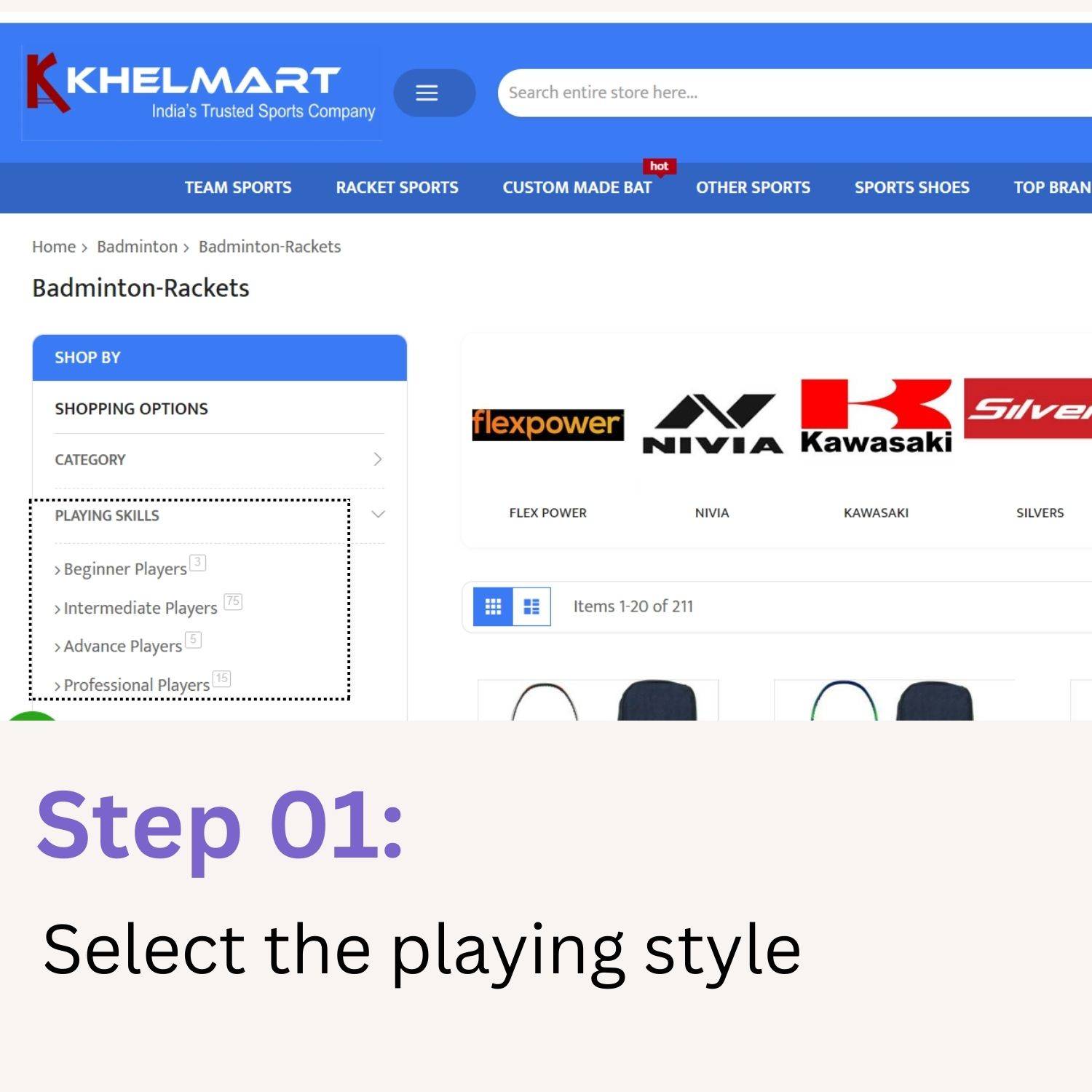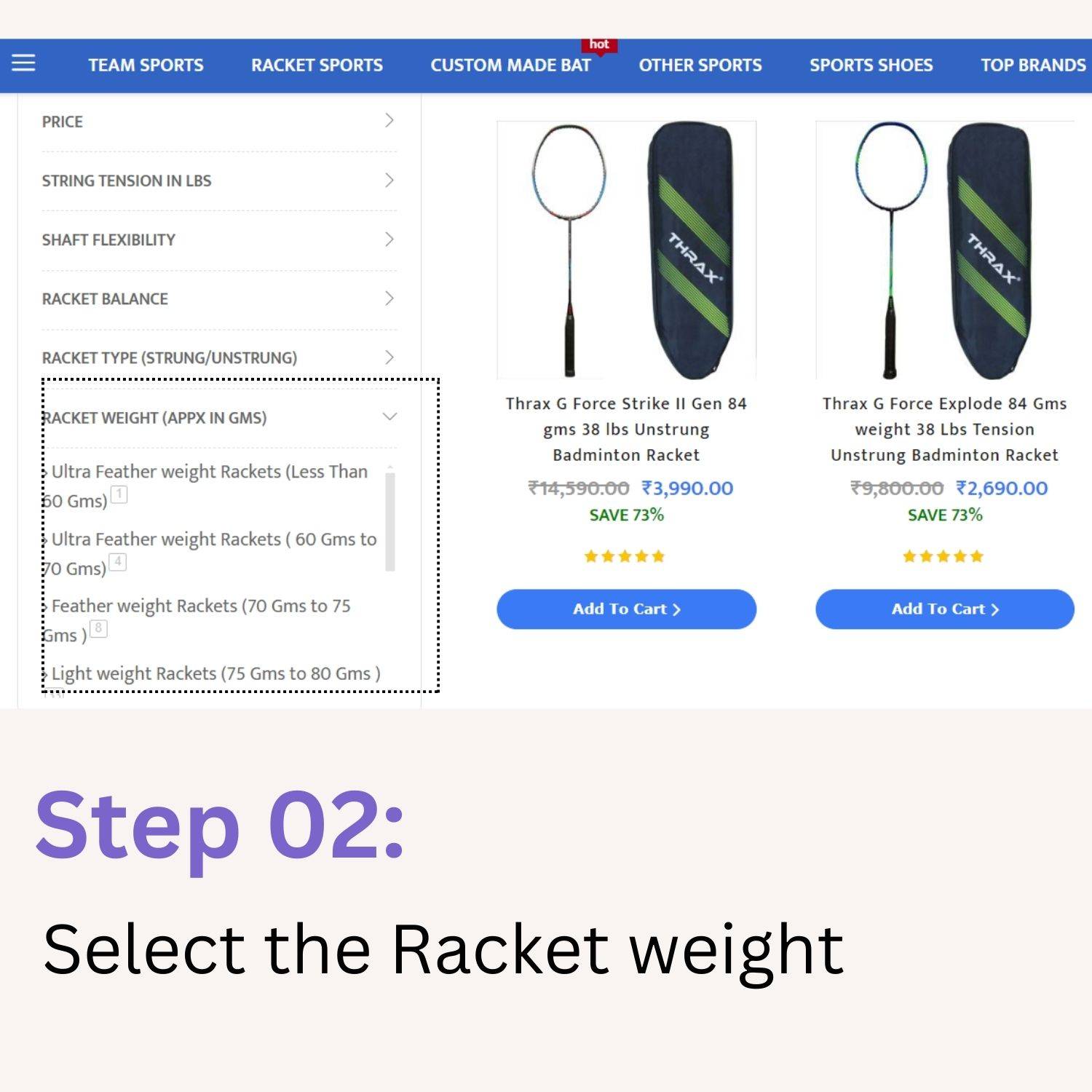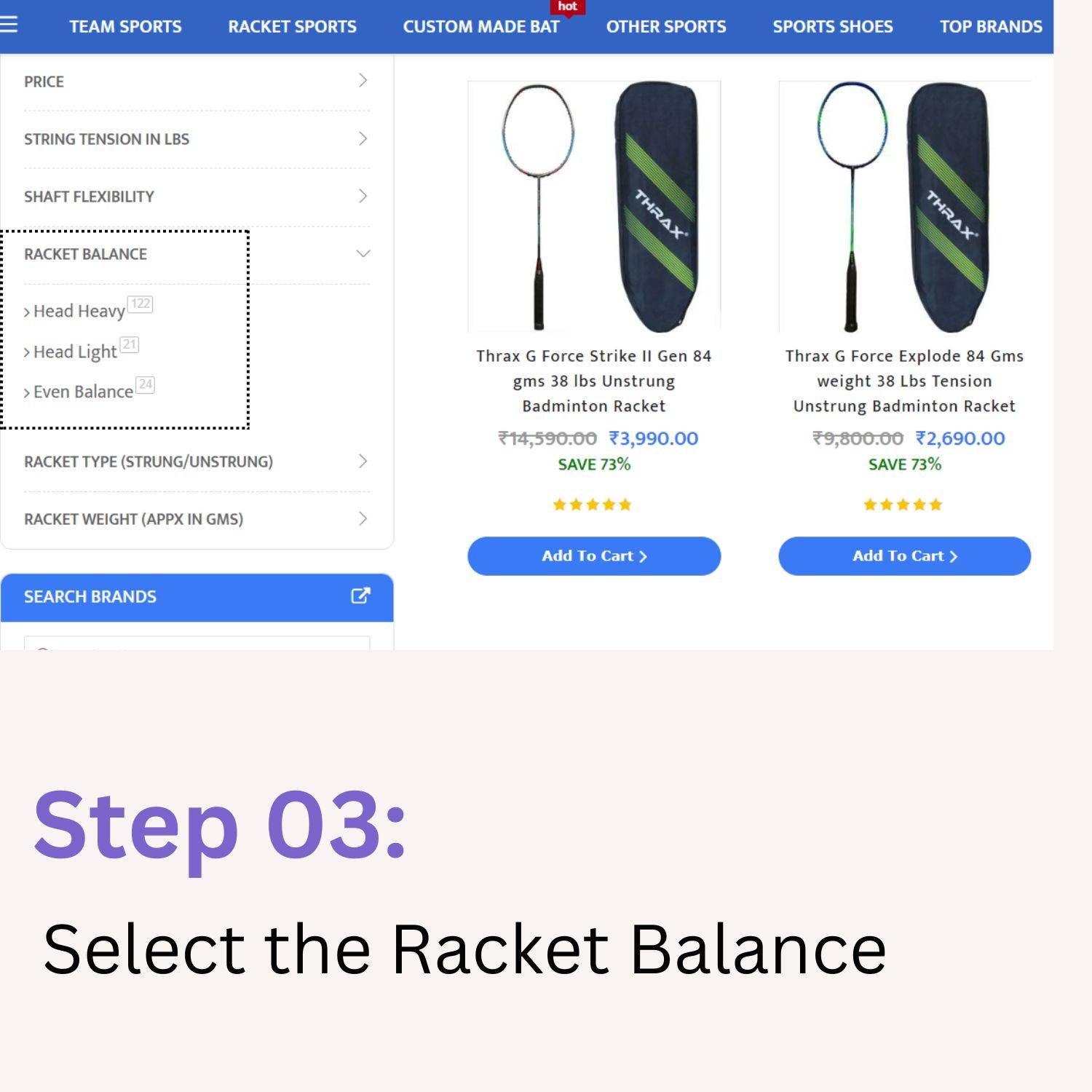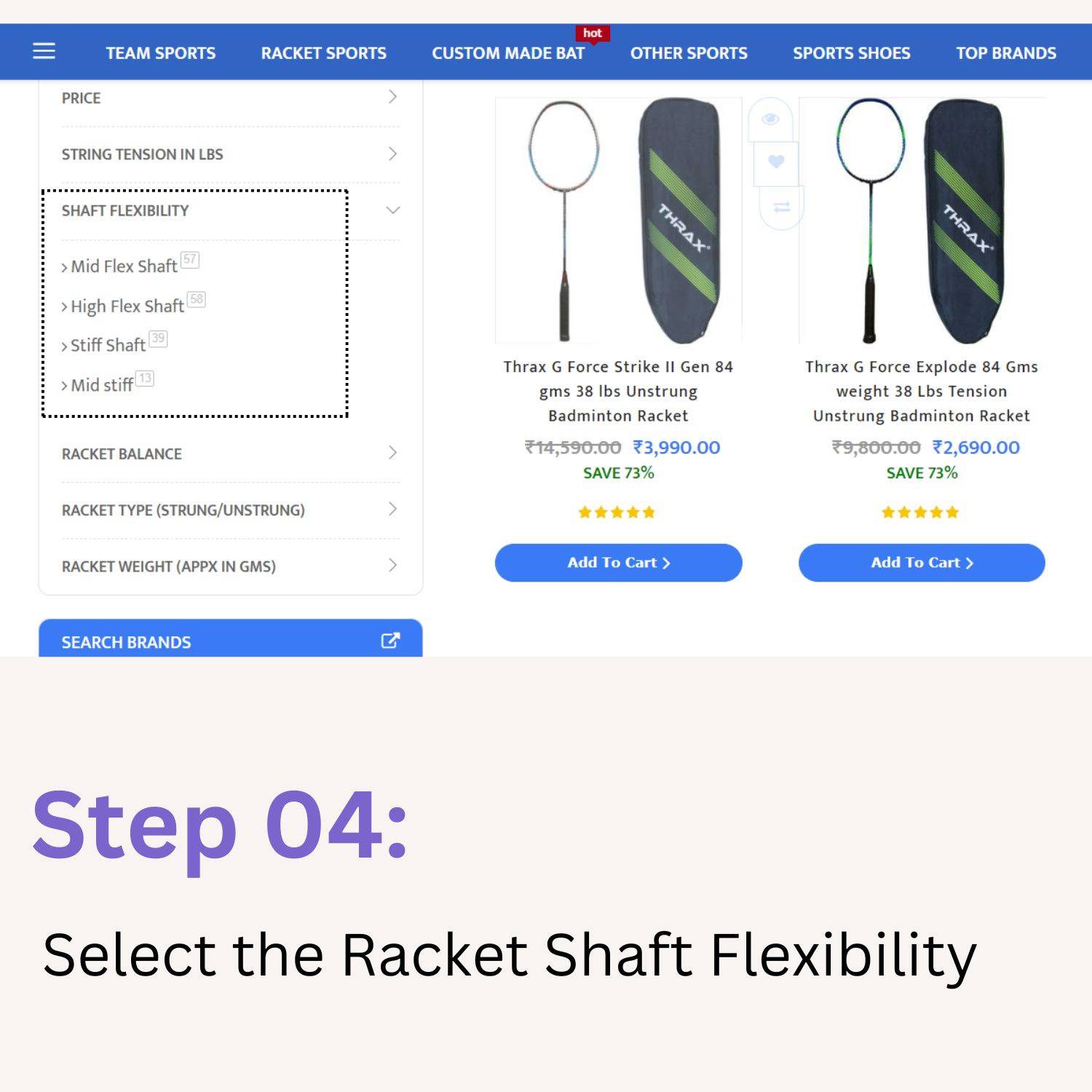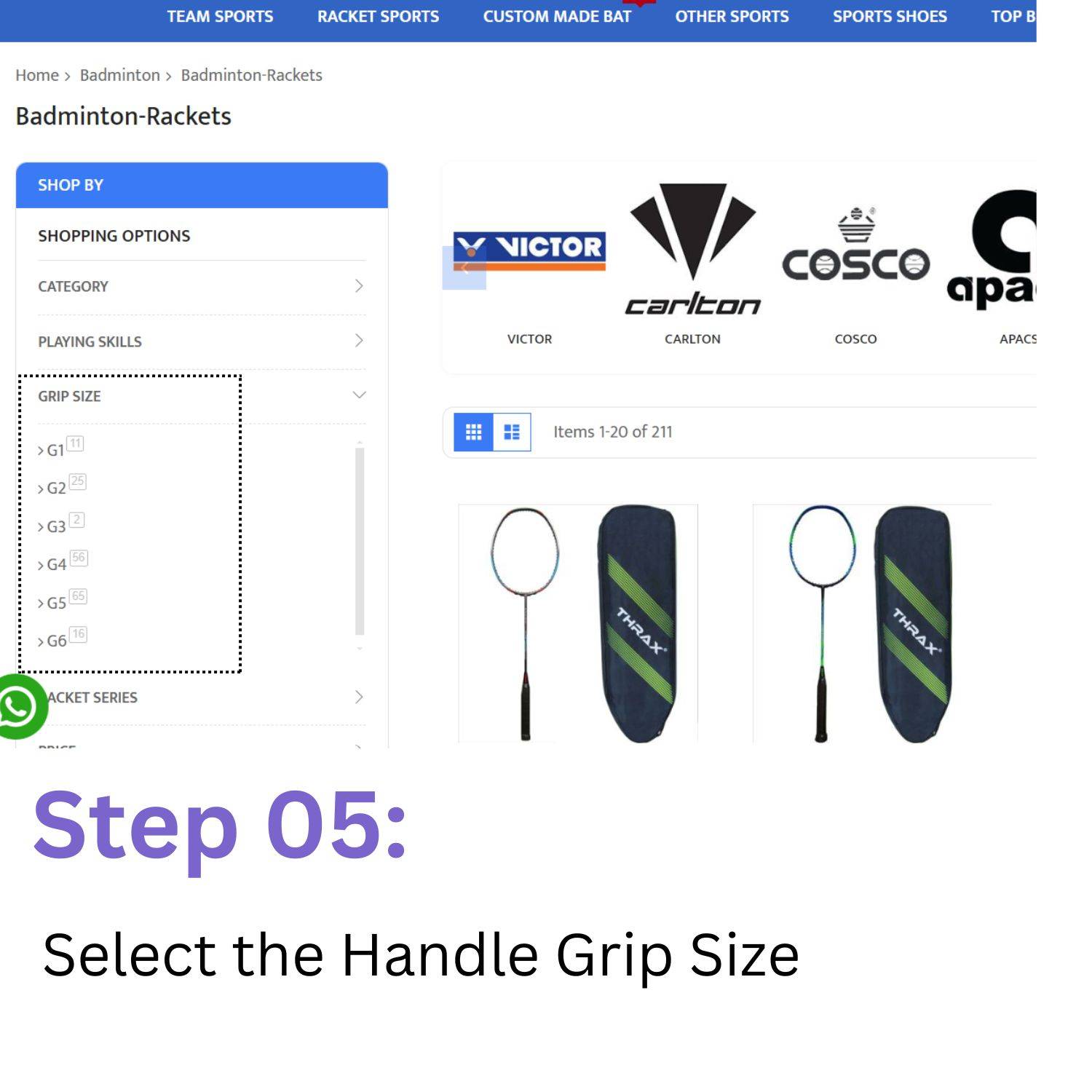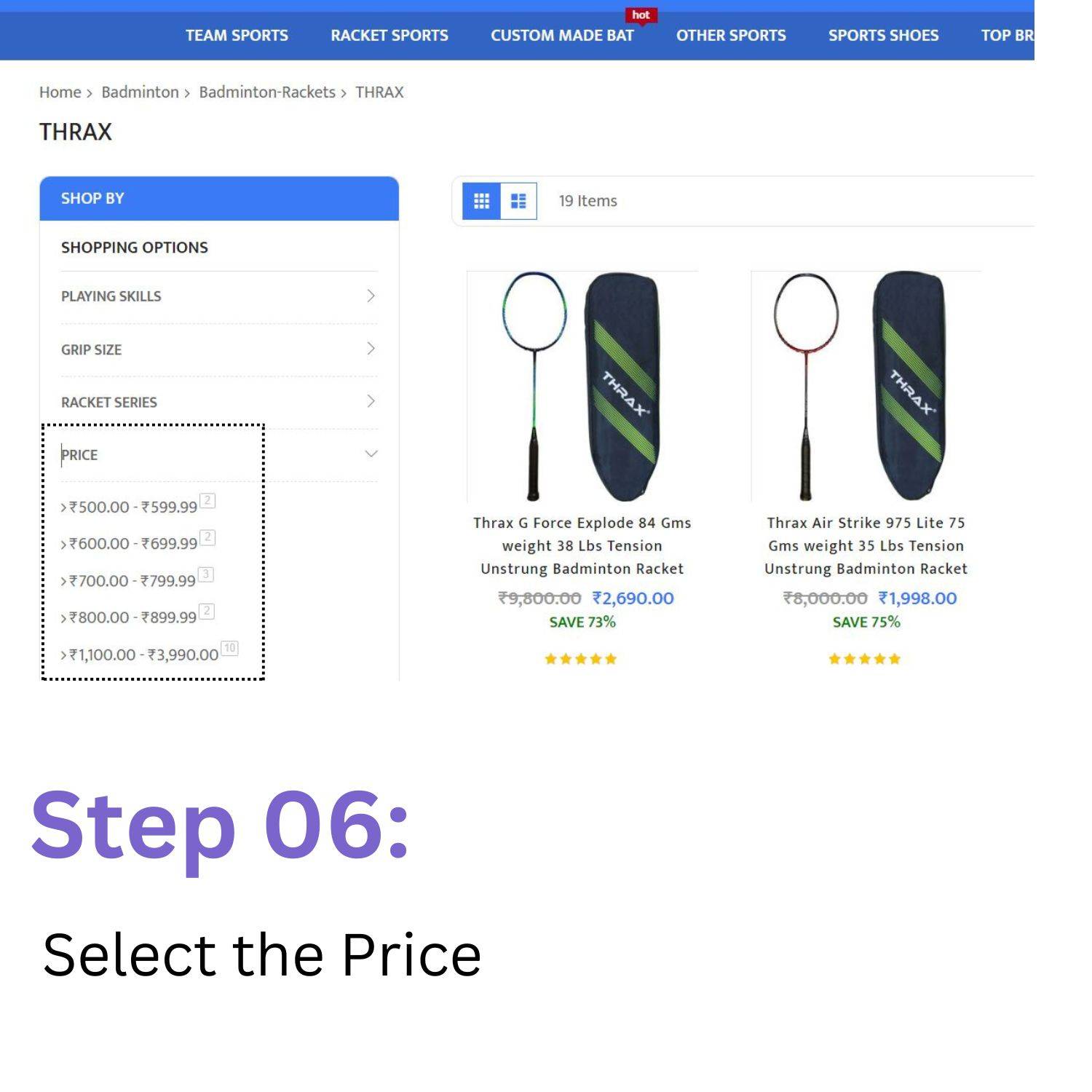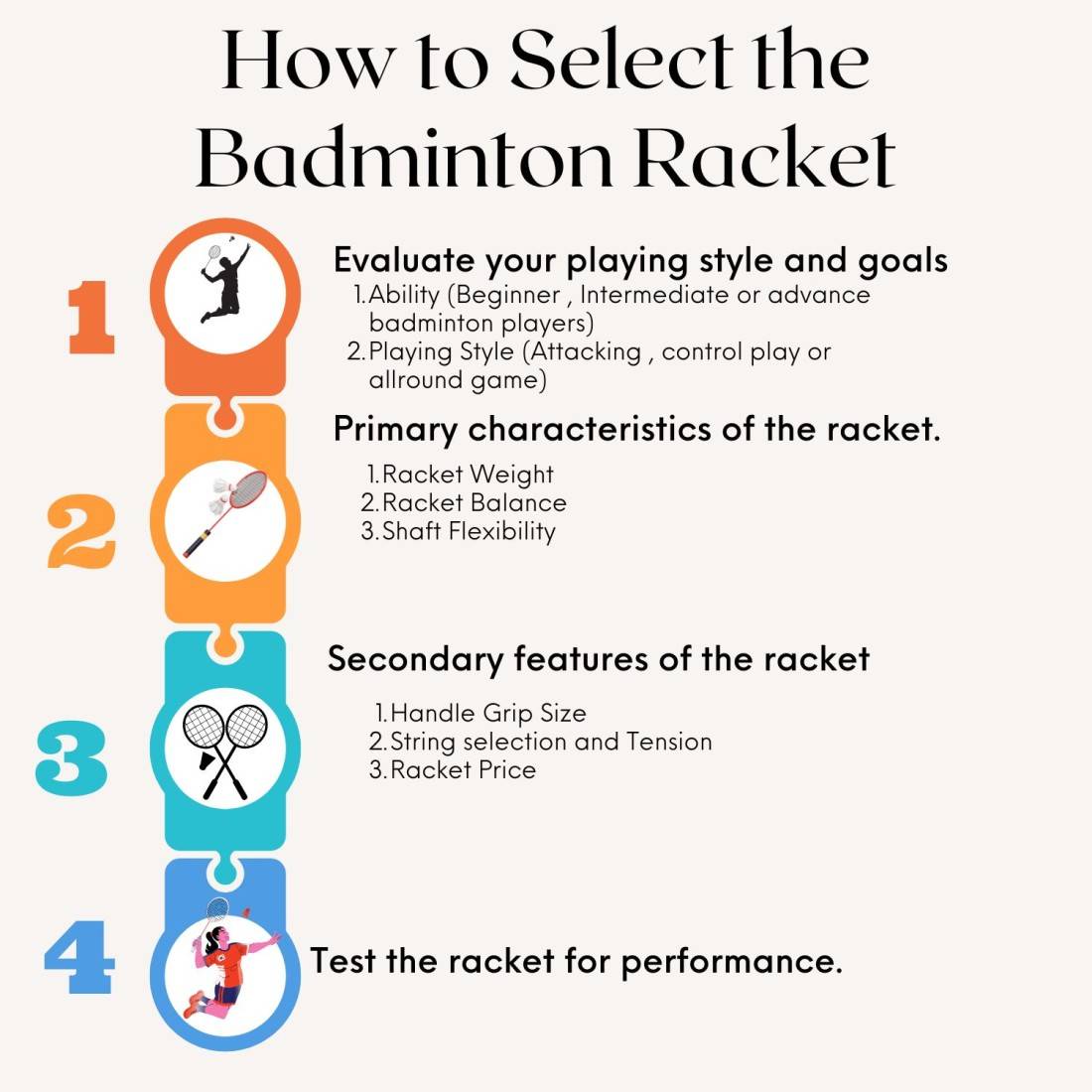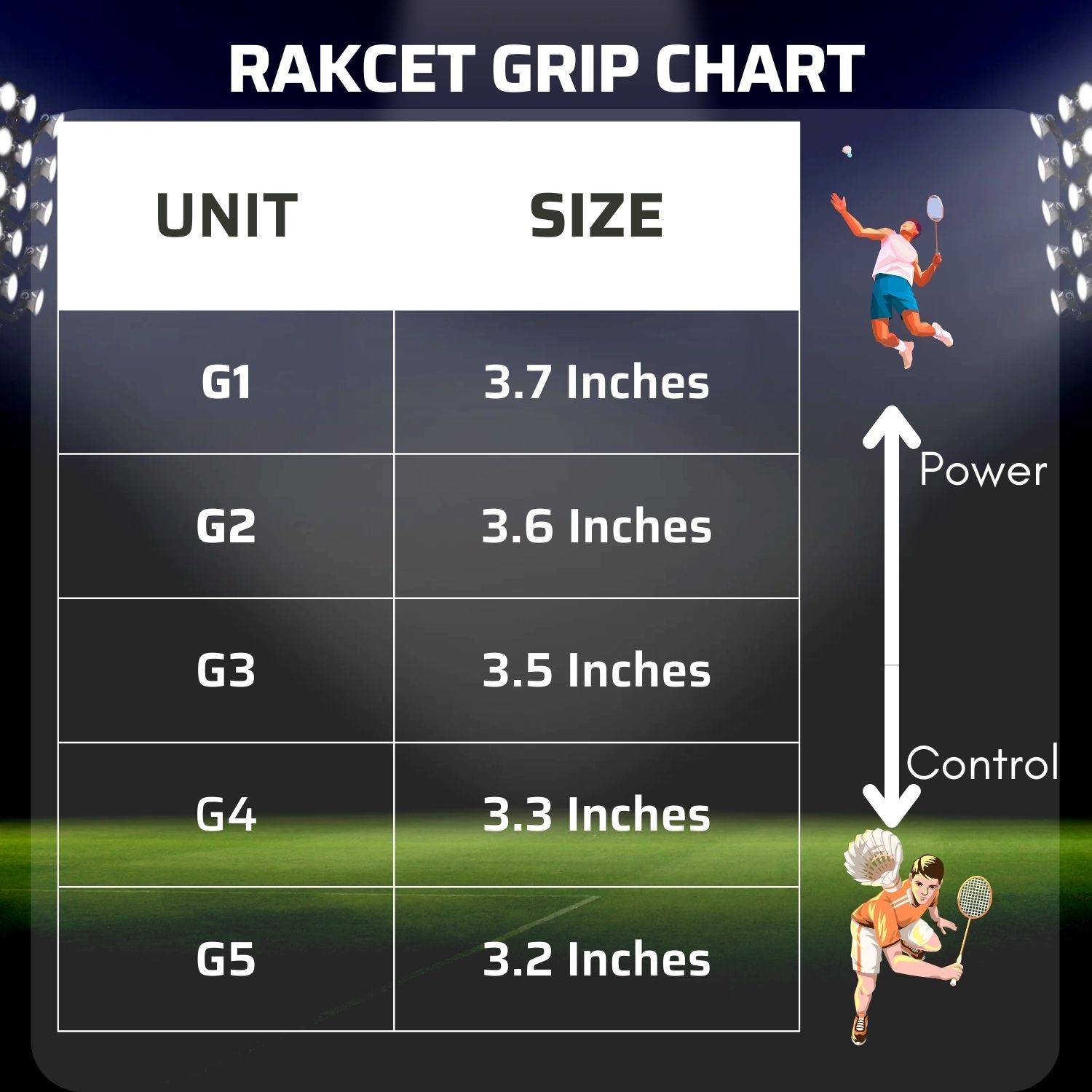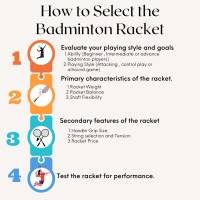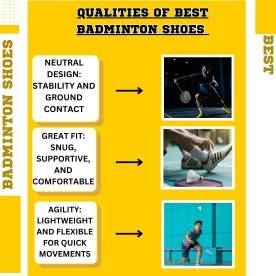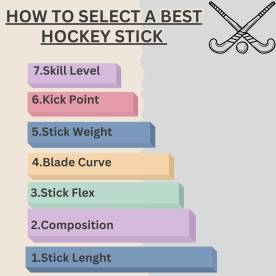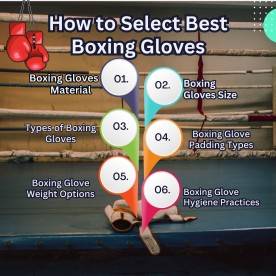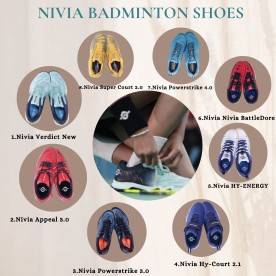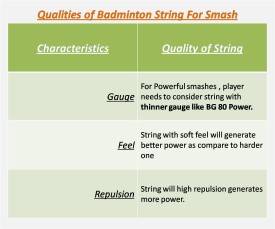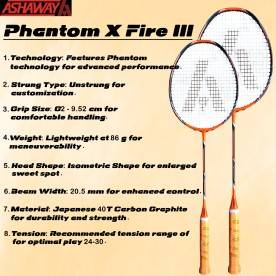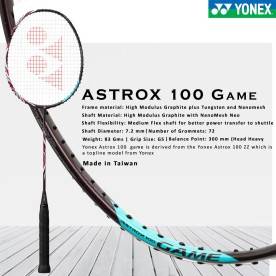Choosing the perfect badminton racket is a crucial decision for any player. With numerous brands and a wide variety of racket ranges and series available in the market, it can be challenging to find the right one. Players often find themselves confused when selecting the best fit for their game.
In this guide, we’ll provide simple and effective tips to help badminton players easily identify the ideal racket that suits their playing style and preferences.
Here are 4 simple and easy ways to choose the right badminton racket:
- Evaluate your playing style and goals.
Ability (Beginner , Intermediate or advance badminton players)
Playing Style (Attacking , control play or allround game) - Consider the primary characteristics of the racket.
Racket Weight
Racket Balance
Shaft Flexibility - Examine the secondary features of the racket.
Handle Grip Size
String selection and Tension
Racket Price - Test the racket for performance.
Now, let’s examine each of these points in detail, step by step.
1 Evaluate your playing style and goals:
For every badminton player, it's crucial to recognize certain key factors when selecting a racket. Whether you're a beginner, advanced, or professional player, understanding your skill level is essential. Knowing where you stand and your future goals helps you determine the right racket and set an appropriate budget for your needs.
The selection of rackets varies significantly depending on the player's skill level—whether beginner, intermediate, or advanced.
Similarly, racket selection differs based on playing style. For attacking players, a racket with a head-heavy balance is often preferred, whereas control-focused players require a racket with a distinct configuration. These details will be further explained in parts 2 and 3 of the blog.
2 Consider the primary characteristics of the racket:
The primary characteristics of a racket are crucial for a player's performance. These factors significantly influence a player's accuracy, power, and overall control over the shuttle, directly impacting their gameplay.
- Racket Weight:
Racket weight is closely linked to a player's skill level and playing style. Beginner players typically prefer lightweight rackets, often in the range of 75 to 80 grams, as they are easier to handle and provide better control. On the other hand, advanced players tend to opt for mid-weight to heavier rackets, usually between 80 to 89 grams, which offer more power and stability.
Different brands cater to various weight preferences. For instance, Apacs' Feather Weight series offers ultra-light rackets weighing between 55 to 66 grams. Yonex, a popular choice, provides a wide range of rackets, mostly falling between 78 to 89 grams. Brands like Thrax also offer lightweight options, with rackets in the 60 to 69 grams range.
The chart below displays the different weight categories and their corresponding nomenclature. Badminton racket manufacturers typically denote racket weight using a "U" classification, which is usually indicated on the racket's shaft.
Lightweight rackets generally provide better control and manoeuvrability, while mid to heavy rackets offer greater momentum, resulting in improved power transfer to the shuttle.
- Racket Balance
Racket balance significantly influences a badminton player's hitting and overall performance. Here are a few common types of racket balance that many badminton players use.
1 Head Heavy Balance Racket:
A head-heavy balanced racket has its weight distributed towards the head of the racket. This design provides a heavier feel at the racket's head, allowing players to generate excellent power on their shots and achieve better momentum when hitting. Players who enjoy powerful smashes, easily clearing shots to the back line, often prefer head-heavy balanced rackets.
Here are the key benefits of head-heavy balance rackets:
- Increased Power
- Better Stability on Impact
- Better Momentum
- Improved Control for Offensive Shots
- Effective for Clearing and Lifting
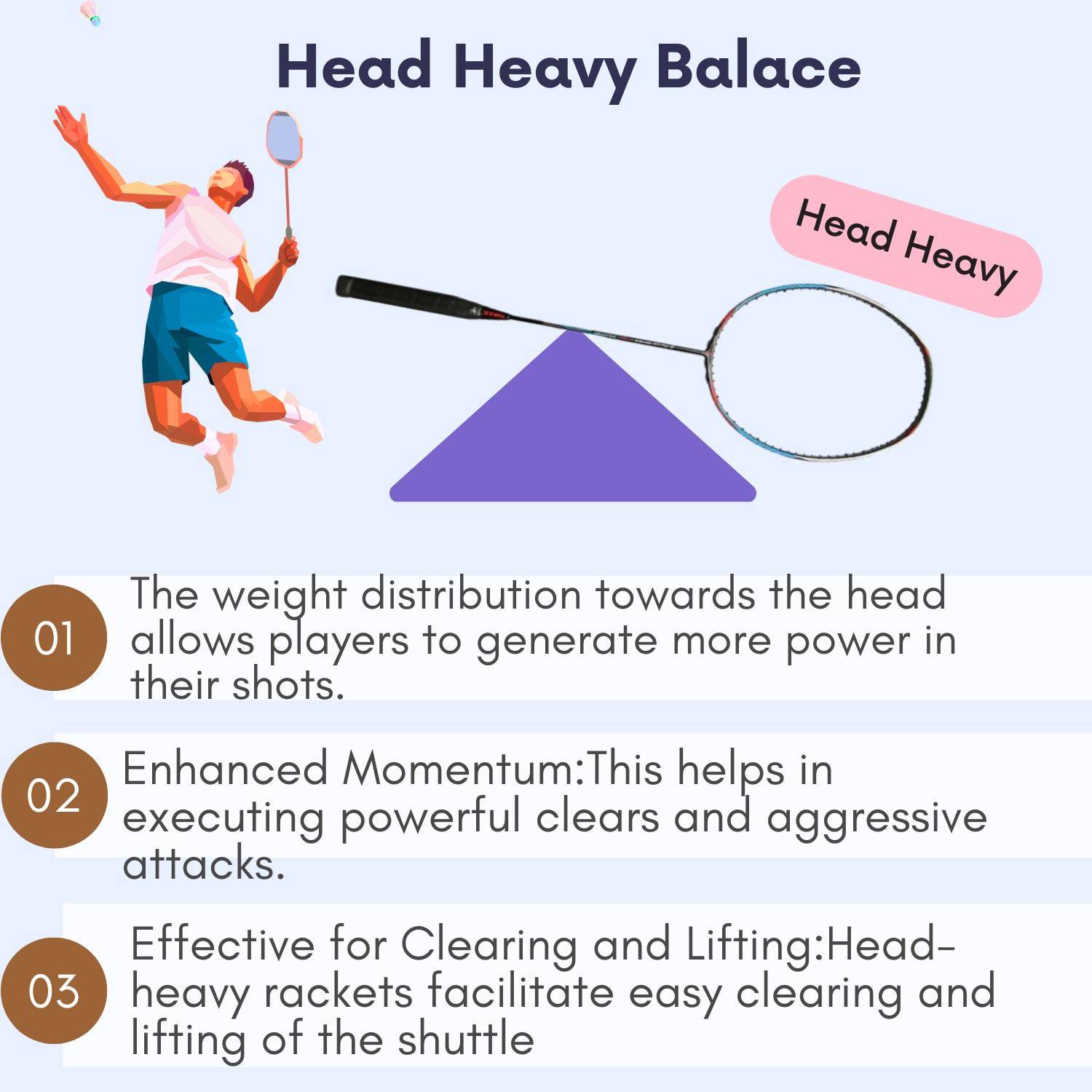
2 Head Light Balance Racket:
Head-light balance rackets are designed with the weight distributed towards the handle, giving the racket a lighter feel in the head. This unique balance ensures that the racket feels more controlled in the player's hand, making it easier to manoeuvre. These rackets are ideal for players who prioritise fast swings and quick reactions, allowing for better agility and swift movements during gameplay. The head-light balance enhances racket speed, providing superior control and quick manoeuvrability on the court.
Here are the key benefits of head-light balance rackets:
- Faster Swing Speed
- Improved Manoeuvrability
- Reduced Arm Fatigue
- Better Control
- Enhanced Doubles Performance
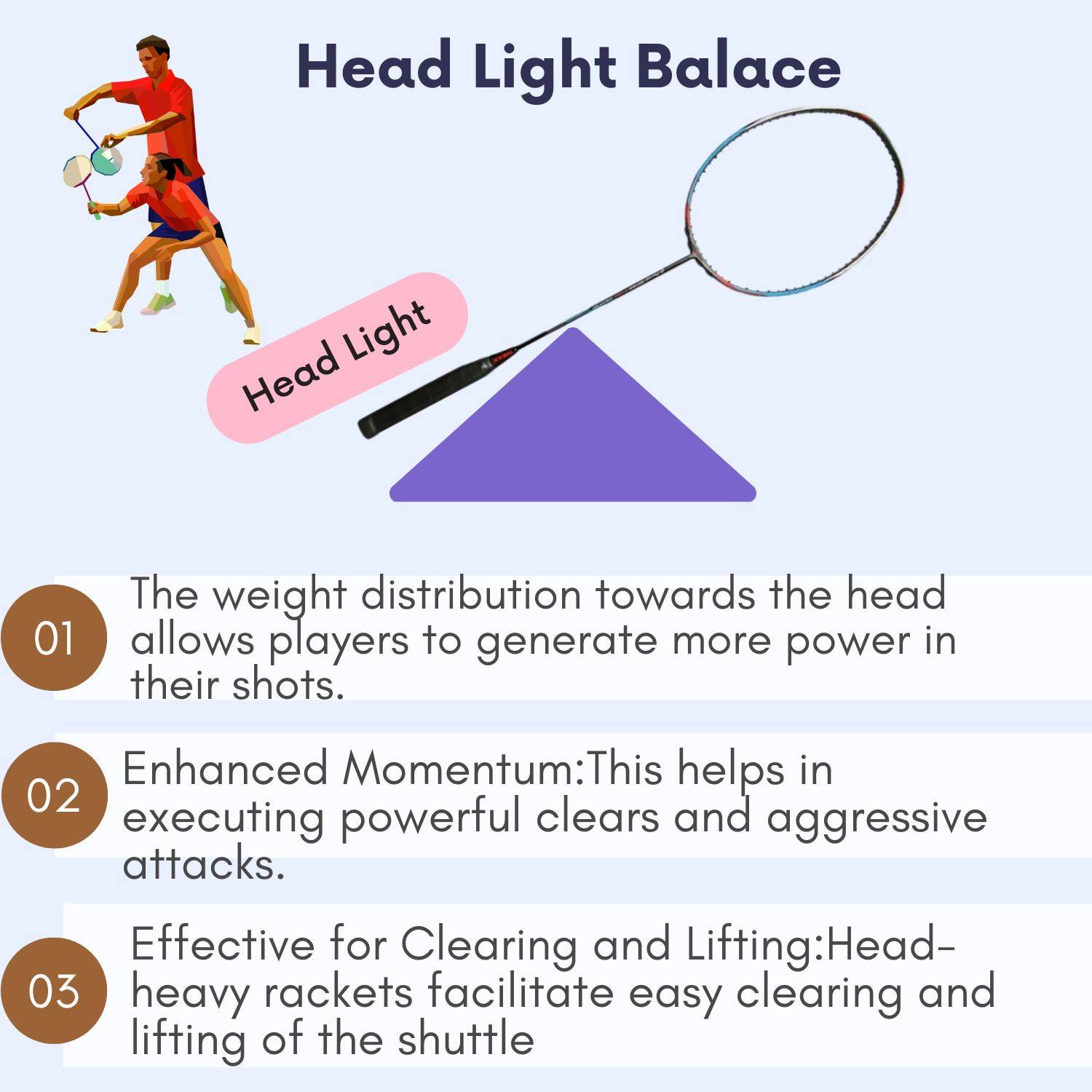
3 Even Balance Racket:
Even balance rackets are designed with the weight evenly distributed throughout the length of the racket. This balanced weight distribution provides players with versatile performance, allowing them to seamlessly switch between attacking and defensive play depending on their skill level. These rackets are ideal for players seeking all-around performance, offering the flexibility to deliver powerful smashes while maintaining excellent control and manoeuvrability. As a result, even balance rackets are a popular choice for players who want a well-rounded game, excelling in both offensive and defensive situations.
Here are the key benefits of even balance rackets:
- Balanced Power and Control
- Versatility
- Good Manoeuvrability
- Suitable for All Skill Levels
- Ideal for Mixed Playing Styles
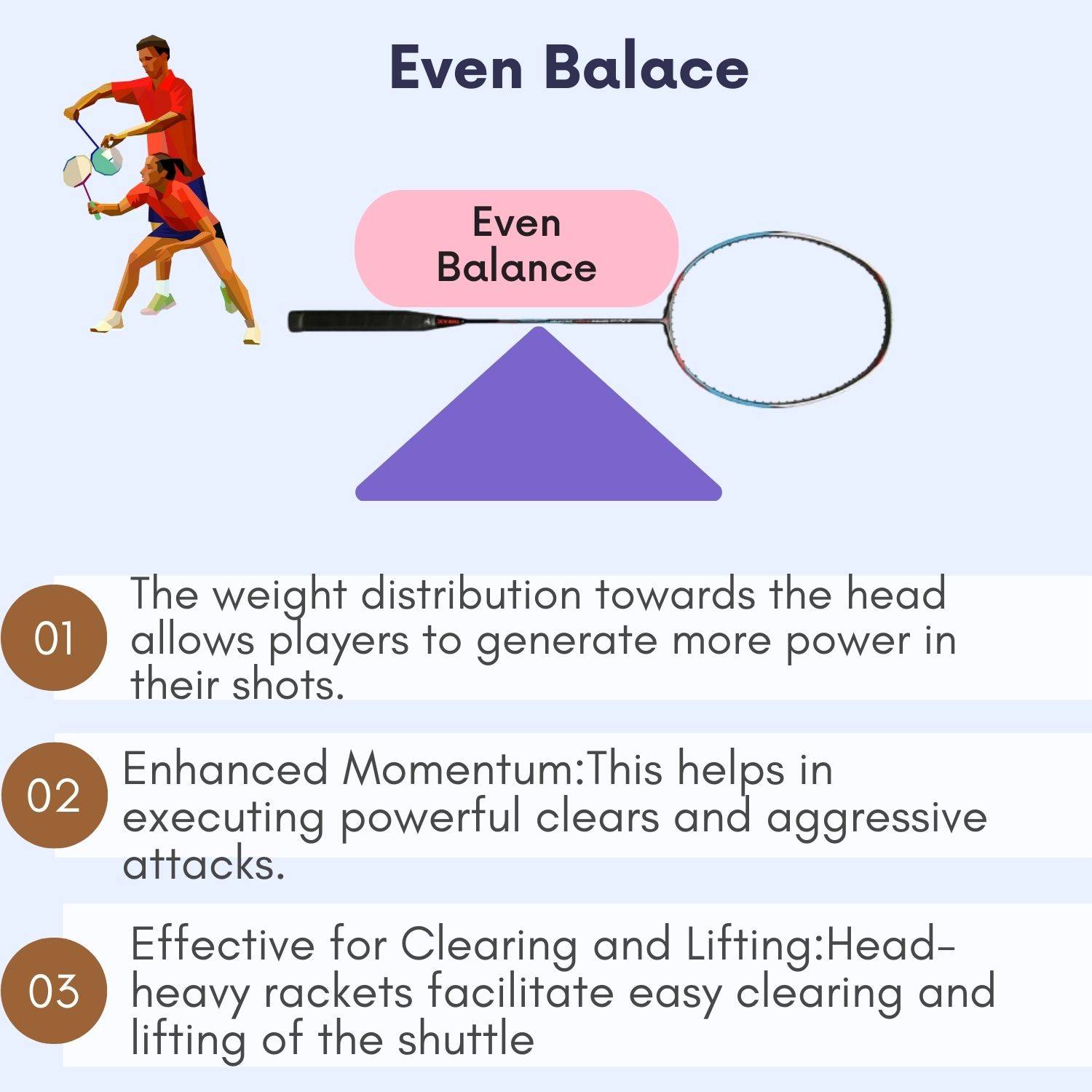
Shaft Flexibility:
- Flexible Shaft:
The flexibility of a racket shaft significantly affects both swing speed and control. A flexible shaft enhances swing speed by allowing the shaft to bend more, helping generate greater power with each shot. This makes flexible shaft rackets ideal for beginners, who may need extra power but haven't yet mastered the technique to generate it on their own. Therefore, we recommend beginners choose a flexible shaft racket to assist with power generation while they develop their skills.
Following are the Key benefits of Flexible Shaft rackets:
- Increased Power Generation
- Forgiveness on Timing
- Easier for Beginners
- Comfort During Long Play
- Improved Lifts and Clears
- Adaptability for Different Playing Styles
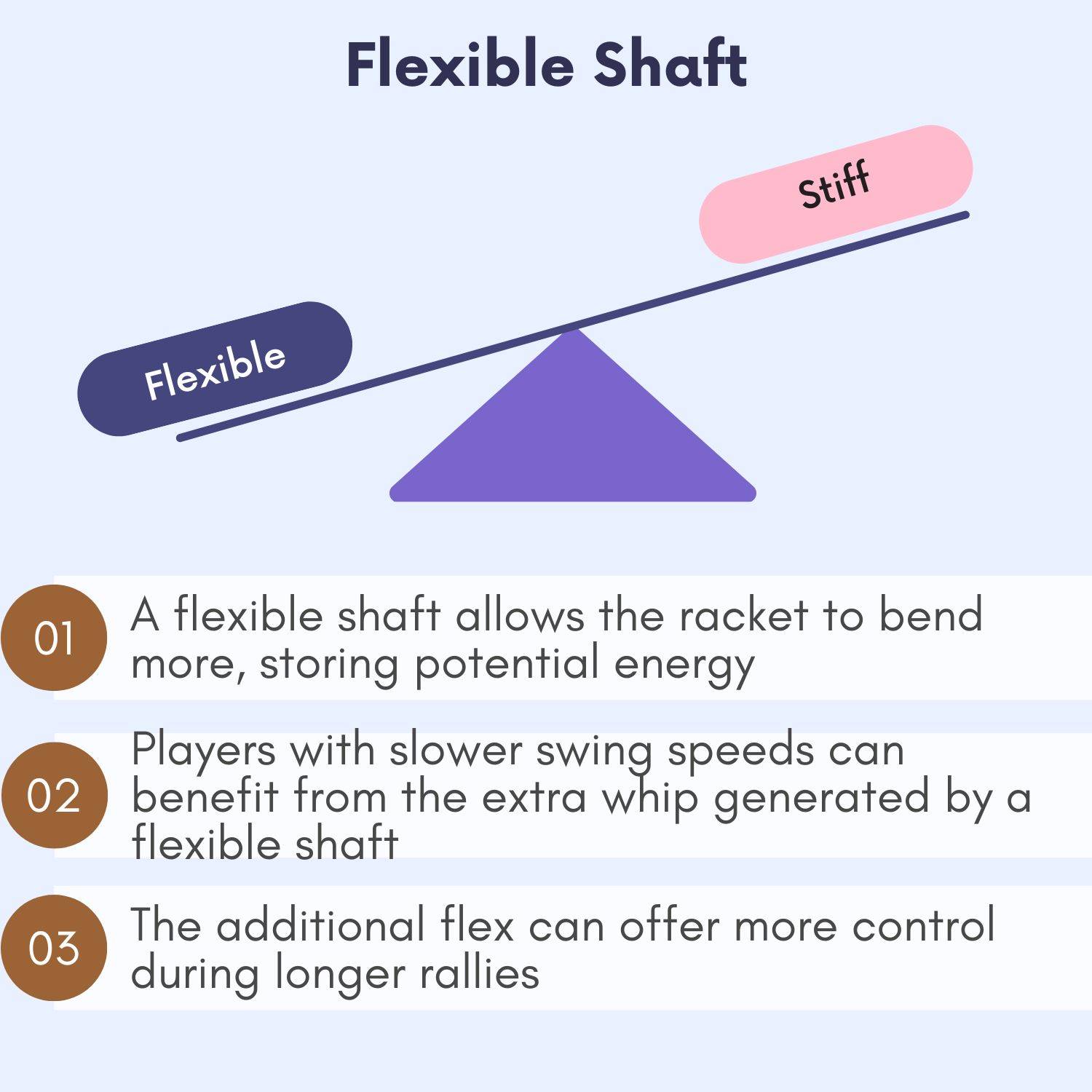
- Stiff Shaft:
Stiff shaft rackets have minimal flex when the shuttle impacts the string bed. They are ideal for advanced players who require greater control over their shots. The stiff shaft quickly returns to its original position, allowing for faster and more accurate shot execution, which is crucial for precision play at higher levels.
Following are the Key benefits of Stiff Shaft rackets:
- Enhanced Control
- Faster Shot Response
- More Power for Fast Swing Speeds
- Better Performance in Aggressive Play
- Stable and Consistent Shots
- Superior Net Play
- Reduced Energy Loss
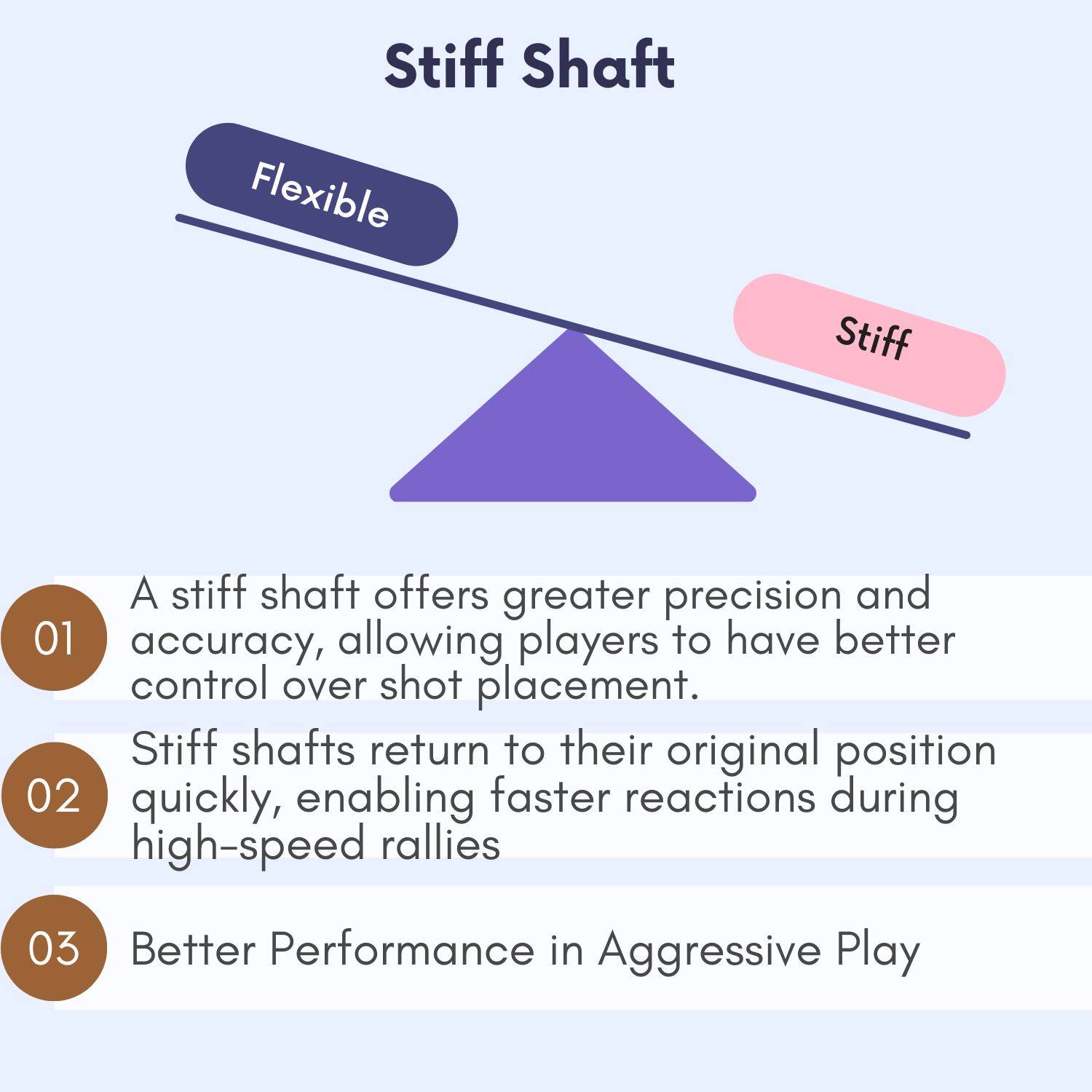
Racket Weight:
Racket weight is closely linked to a player's skill level and playing style. Beginner players typically prefer lightweight rackets, often in the range of 75 to 80 grams, as they are easier to handle and provide better control. On the other hand, advanced players tend to opt for mid-weight to heavier rackets, usually between 80 to 89 grams, which offer more power and stability.
Different brands cater to various weight preferences. For instance, Apacs' Feather Weight series offers ultra-light rackets weighing between 55 to 66 grams. Yonex, a popular choice, provides a wide range of rackets, mostly falling between 78 to 89 grams. Brands like Thrax also offer lightweight options, with rackets in the 60 to 69 grams range.
The chart below displays the different weight categories and their corresponding nomenclature. Badminton racket manufacturers typically denote racket weight using a "U" classification, which is usually indicated on the racket's shaft.
Lightweight rackets generally provide better control and manoeuvrability, while mid to heavy rackets offer greater momentum, resulting in improved power transfer to the shuttle.
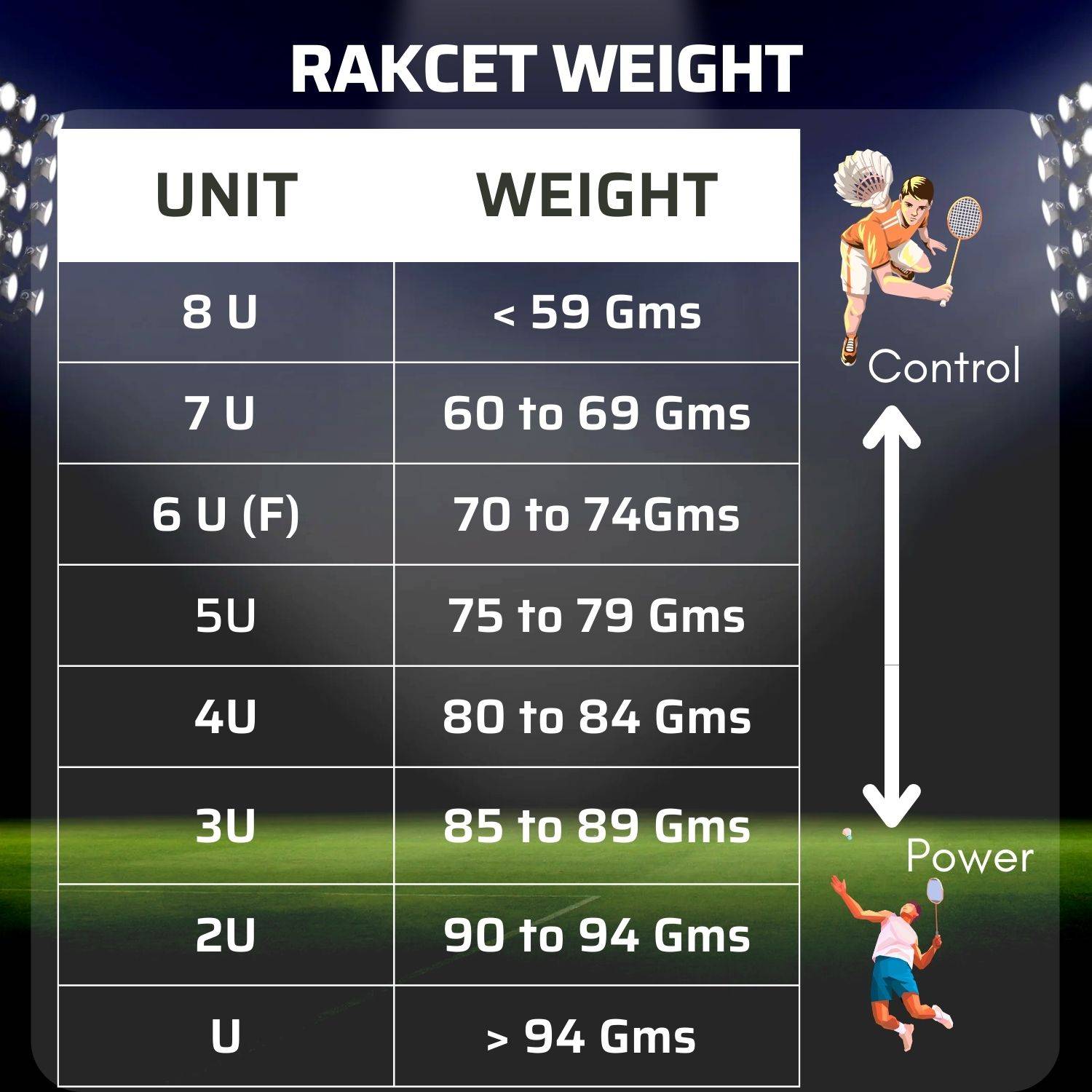
3 Examine the secondary features of the racket:
- Racket Handle Grip Size:
Badminton racket grips play a vital role in helping players meet specific game requirements. Players looking to generate more power should choose rackets with thicker grips, while those prioritising control should opt for thinner grips. It's important to remember that you can customise your grip size by layering up the handle as needed. Additionally, grip cushioning can be added to the entire handle or specific areas. For instance, many players widen the end of their grips to enhance overhead shot power and improve control with their little finger.
Please refer following grip chart for grip size and better understanding of racket grips:
String selection and Tension:
Selecting the right badminton racket string is crucial as it significantly affects the racket’s overall performance. Before choosing a string, players must first identify their playing style—whether aggressive, control-oriented, or all-round. Based on this, they can select a suitable string. Additionally, it's important to consider the type of shuttlecock being used, whether feather or nylon, and make an informed decision accordingly.
Following are some points which a player needs to take care while select the string:
- Thin String which offers more power:
Thin gauge strings (with adiameter of 0.68 mm or less) typically provide greater power and repulsion. Popular options include BG 80 Power, Yonex Xbolt, BG 66 Ultimax, and Aerosonic.
- String with better control:
Control badminton strings are usually made with a textured surface, allowing for better "bite" on the shuttle during contact. This enhances precision, making them ideal for front-court doubles players and singles players who rely on tight spinning net shots and delicate slices.
Yonex Aerobite Boost and Arobite series string comes in this category.
- Better Durability:
Thick gauge strings, typically 0.7 mm or more in diameter, offer enhanced durability and are considered more cost-effective. Due to their robust construction, they last longer compared to thinner strings. Yonex BG 65 and BG 65 Ti are prime examples of strings in this category.
- Racket Price :
Selecting the right badminton racket is a crucial decision for any player, as it directly impacts performance on the court. A racket should be chosen based on the player's playing style—whether aggressive, control-focused, or balanced. Aggressive players may prefer rackets that offer more power, while control-oriented players look for precision and accuracy. All-round players need a versatile racket that provides a balance of both power and control.
Beyond playing style, budget plays an equally important role in selecting the right racket. It’s essential for players to determine how much they are willing to spend before exploring different options. While high-end rackets with advanced technology and features might be tempting, they can come with a hefty price tag. If a racket's specifications exceed a player's budget, it may not be a practical choice, as overspending could lead to dissatisfaction or financial strain.
Instead, players should focus on finding a racket that aligns with both their playing style and budget. There are numerous mid-range rackets available that offer excellent performance without breaking the bank. These rackets often incorporate many of the advanced features found in high-end models but at a more affordable price point.
4. Test the racket for performance:
Testing a badminton racket is the final and critical step for any badminton player before committing to its use. This process ensures that the player is fully satisfied with the racket's playability and that the characteristics of the racket align with their playing style. Each player has different needs and preferences, so this testing phase helps them confirm whether the racket will be a suitable tool for their game.
To begin testing, the player should first focus on the weight of the racket. It is essential for the racket to feel comfortable in hand. A racket that is too heavy may cause fatigue over long rallies, while one that is too light might lack the power needed for offensive shots. Players should hold the racket as they would in a real match to assess whether its weight is appropriate for their playing needs. If the racket feels right in terms of weight, the player can move on to further testing.
Next, the player should test how the racket swings. A good swing test will show whether the racket is easy to manoeuvre. This can be done by practising a few swings in an open space, mimicking the movements they would make during a match. A racket with good manoeuvrability should be easy to control, whether for fast-paced shots or delicate net play. If the racket feels sluggish or unbalanced during the swing, it might not be the best choice for the player, as it could hinder performance during critical points in a game.
Another key aspect to check is the flexibility of the racket's shaft. The flexibility of a racket significantly impacts how it responds to different shots. To test this, the player should grip the racket at both the head and the handle, then gently attempt to flex it. If the shaft bends easily, the racket has a flexible shaft. A flexible shaft tends to help generate more power, especially for players who rely on slower swing speeds, as it provides a slight "whip" effect, catapulting the shuttlecock with added force.
In contrast, if the shaft is difficult to flex, it is considered a stiff shaft. Stiff-shafted rackets are preferred by players who have a fast swing and prefer greater precision and control over their shots. These rackets provide a more direct response, translating the player's swing into accurate shots but with less power generated by the racket itself. It is vital to test and feel how the shaft behaves because choosing the wrong shaft type can lead to inefficiency in both power and control during a match.
In conclusion, thoroughly testing a badminton racket is essential for players to ensure that they have the right equipment suited to their needs. Weight, swing ability, and shaft flexibility are key factors to consider, and each plays a vital role in a racket's overall performance. By taking the time to properly test these characteristics, players can make an informed decision and choose a racket that will complement their style of play, ultimately improving their game on the court.
How does Khelmart.com help badminton players effortlessly choose the right racket?
At Khelmart.com, we aim to make the process of selecting a badminton racket smooth and hassle-free. With years of experience, we have tested and analyzed rackets from almost every major brand, compiling comprehensive data on each one. This allows us to guide players through the selection process with ease.
We understand that each player has unique preferences and playing styles, so we've categorised rackets based on factors like balance, weight, flexibility, and string tension. Whether you're looking for a racket to enhance power, control, or speed, our platform simplifies the search with user-friendly filters and detailed specifications. Players can quickly narrow down their options according to their skill level and playing needs.
Furthermore, we offer in-depth reviews and expert recommendations to help players make informed decisions. The seamless shopping experience at Khelmart.com ensures that players can select the best badminton racket in just a few easy steps, all backed by our commitment to quality and precision testing. Whether you're a beginner or an experienced player, we've got the perfect racket for you.
